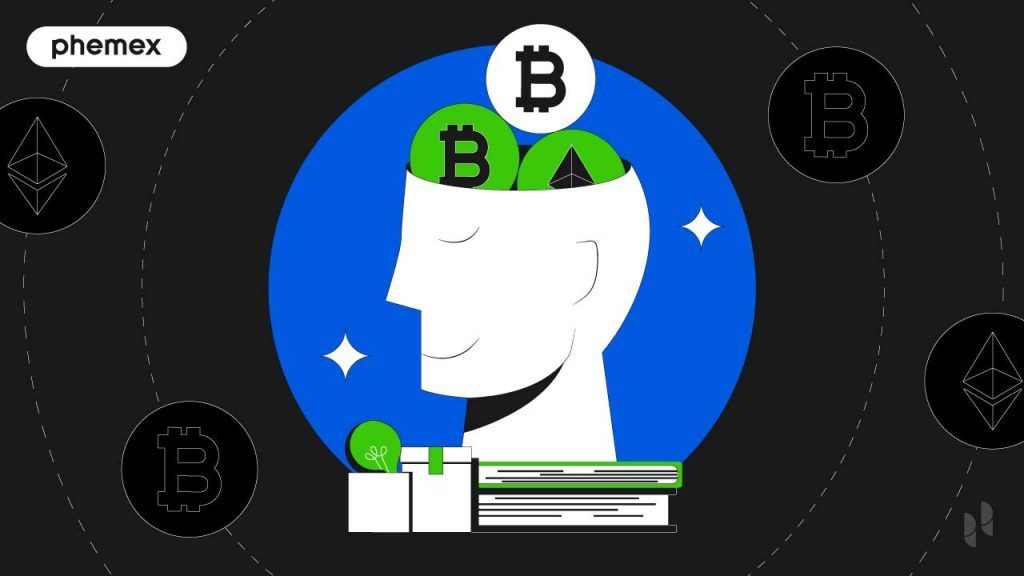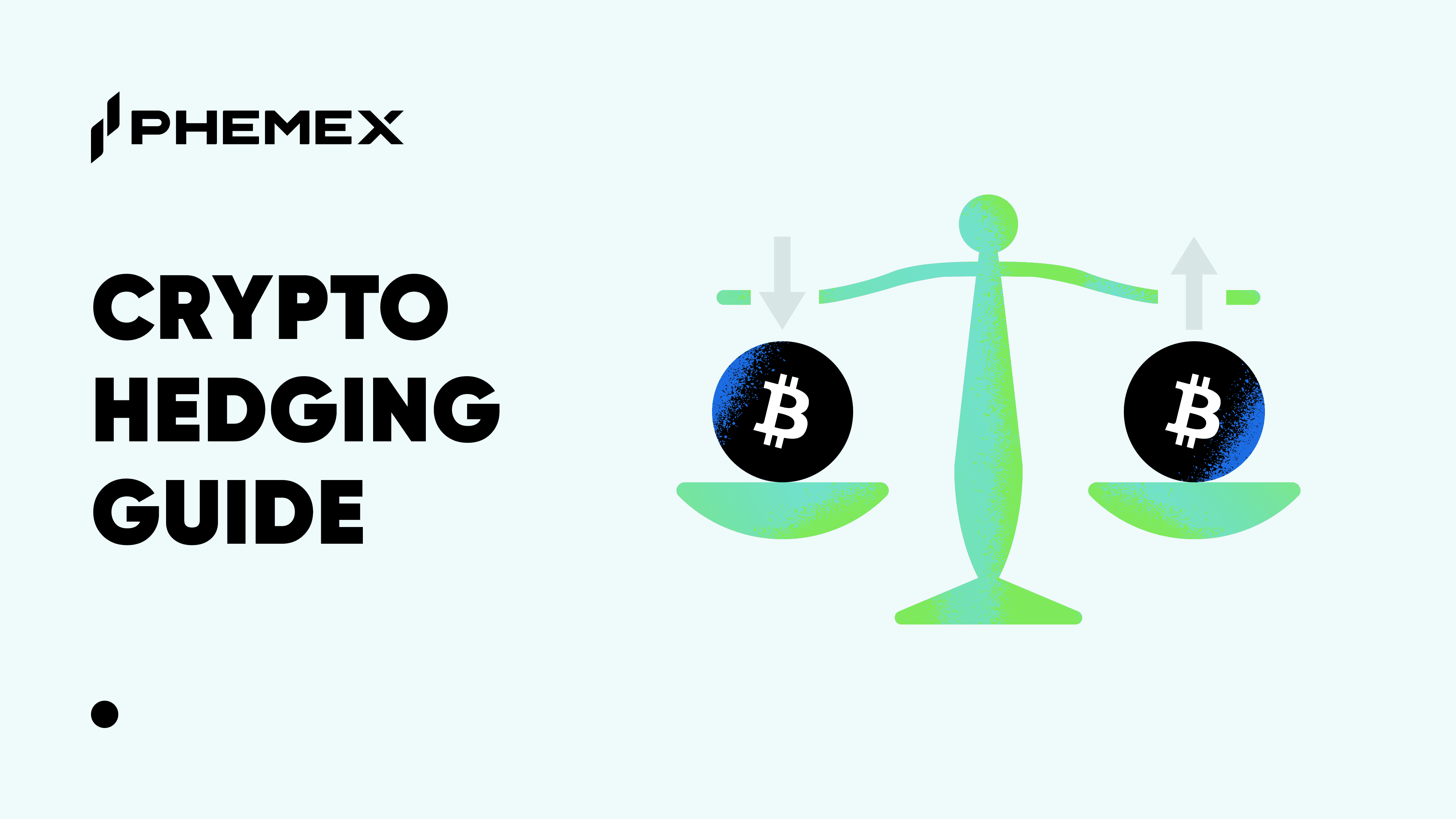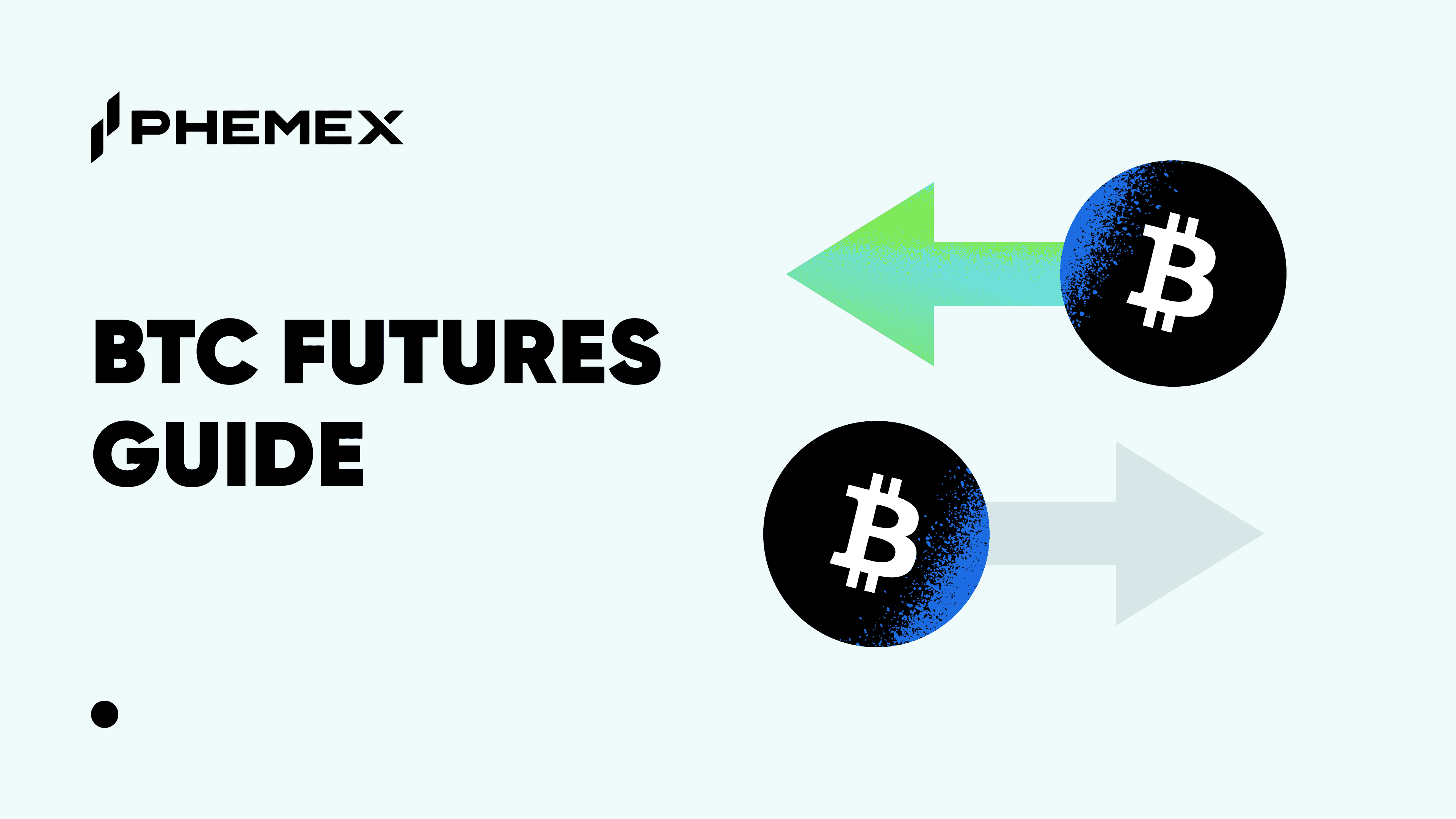Summary
- Margin Trading is essentially using borrowed funds to purchase securities (bonds, derivatives, options, stocks).
- The greatest advantage of buying on margin is that it boosts your purchasing power and magnifies your wins.
- Losses made on margin can also be magnified. When you sell your securities held in a margin account, any profits will first go towards paying back the loan to your broker
What Is Margin Trading?
Margin Trading is essentially using borrowed funds to purchase securities (bonds, derivatives, options, stocks). The key is that you need to have a percentage of the funds needed to make the purchase yourself but you don’t need the whole amount as you can use a “margin” to make up the rest. The current minimum requirement of funds set by FINRA, known as the initial margin, is 50% of the value of the purchase.
Margin trading in crypto is the process of borrowing funds from exchanges and using those to buy more crypto or to trade. The advantage of buying on margin is it allows you to boost your purchasing power and magnify your wins. That’s why margin trading is also referred to as trading with leverage. In crypto, futures and perpetual contracts represent some ways to gain leveraged exposure. However, some exchanges like Phemex also offer margin trading on the spot market.
What Is Margin In Trading?
In simple terms, margin is the percentage of the total order value that a trader must commit. It’s the loan that your exchange platform lends you to place larger orders. So if you’re trading with 2x leverage and you have $1,000 in your account, you can place orders worth up to $2,000.
The purpose of margin is to amplify gains made on successful trades. However, losses are also amplified as the borrowed funds must be repaid with interest even if the trade was unsuccessful. This is why it’s important to only use leverage when you have a clear plan and are confident in your trade setup.
What Does Buying On Margin Mean?
We’ve said that margin is the amount of crypto you need to enter into a leveraged position. So when you’re buying on margin, what you’re really doing is borrowing funds to purchase more of an asset than you could with the money you have on hand.
For example, let’s say that Bitcoin is currently trading at $10,000, and you only have $5,000 in your account. With 2x leverage, you could buy up to $10,000 worth of Bitcoin. You would then need to put down $5,000 as collateral, and the exchange will loan you the other $5,000.
Phemex margin trading allows you to trade with up to 5x leverage directly on the spot market. This means that if you have $100 worth of BTC, you can put it up as collateral and borrow an additional $400 worth of assets, without having to sell your BTC! Various order types are supported, including market orders, limit orders, and conditional orders to accommodate different trading strategies.
Trading On Margin Example
For example, if you wanted to purchase $1,000 dollars worth of stock, you would have to have at least $500 of your own available. This is Margin Trading in the most basic sense. In reality, there is a lot more to factor in when making the decision to buy on margin (borrow money) in order to trade on margin.
Let’s say you want to buy $10,000 worth of Bitcoin but only have $2,000 in your account. Now, let’s say you need a small collateral for the loan, which can be as low as 20% of the position size in the case of a 5:1 leverage ratio. So the required margin would be $2,000, calculated as 20% x $10,000 = $2,000.
Now that we know how much collateral is required to open a position let’s see what happens when the price of Bitcoin moves up or down.
If the price of Bitcoin goes up 10% after you open your position, your account equity will also increase by 10%, and your used margin will remain the same.
If the price of Bitcoin goes down 10%, your account equity will also decrease by 10%. However, since the value of your collateral has decreased, you will now need to add additional funds to maintain your current position size.
If the price of Bitcoin goes down by a significant amount such that your margin level falls 1.1, then your position will start to be liquidated until your margin level surges back to a healthy level. Note that this may occur before your entire position is liquidated, meaning Phemex margin trading supports partial liquidations to prevent your account from going into negative equity.
That’s why at Phemex, we recommend you never allocate your entire trading account to the margin account. Instead, we recommend using only a small portion of your account for margin trading. This way, even if the price of Bitcoin falls by 50%, you will still have some funds remaining in your account to open new trades.

How Does Margin Trading Work?
On Phemex, you can spot trade on margin with up to 5x leverage. All you have to do is allocate a certain margin or portion of your funds to open a position – long or short. The margin level and liquidation threshold is automatically adjusted by our smart system based on your level of leverage.
If you’re new to margin trading, we recommend you start with our crypto simulation platform, where you can learn and practice trading and test your strategies without putting any real money at risk.
How Much Margin Is Safe?
The margin you should use for your trading account depends on your risk tolerance and trading strategy. The lower the margin, the less risk you’re taking on. The trade-off is that you’ll also have less room for error. If you’re a new trader, we recommend you start with a lower leverage ratio and increase it gradually as you gain more experience.
However, higher margin ratios also have their advantages. For example, if you’re a more experienced trader and you’re confident in your ability to predict market movements, you may want to use a higher leverage ratio so you can open larger positions and make more profits.
Terms & Concepts Associated With Margin Trading
- Margin Account: you need to have a separate margin account to engage in margin trading, you’re not able to just use a standard brokerage (cash) account. This is similar to having separate accounts for your debit card and credit card. This holds the securities you buy on margin.
- Initial Margin is the amount of money that you need to have available to make a purchase. This is a minimum of 50% of the total value of the purchase according to FINRA. Some brokers may require more, this will be agreed upon when setting up a margin account.
- Maintenance Margin is also known as minimum maintenance or maintenance requirement. This is the minimum amount of your own money that needs to be available in your margin account after a purchase has been made. This is 25% of the total value of the purchase as required by FINRA. Again, some brokers may require more, up to 30% to 40%. If the value of your purchase increases/decreases, so will your maintenance margin.
- Margin Calls, which occurs when your own funds in your margin account are falling below the maintenance margin. The call is a warning to deposit funds into the account to bring the sum up to the maintenance margin. If you don’t, the broker may be forced to liquidate the securities held in the margin account.
The Pros & Cons Of Margin Trading
Advantages Of Margin Trading
- Margin accounts allow you to open larger positions than you could with just your own capital.
- Small market movements can result in large profits or losses.
- When trading margin on spot market, you don’t need to sell your crypto assets and can just borrow against them instead
- You can keep less crypto in your account since you only need to post the margin for the trade
- When you have a relatively small amount of money to work with; you can use margin to boost your returns or help diversify your portfolio.
Drawbacks Of Margin Trading
- Losses made on margin can also be magnified. When you sell your securities held in a margin account, any profits will first go towards paying back the loan to your broker, meaning you may not get your initial margin back if you made a loss.
- As with any loan, interest is charged that can accrue over time, making margin trading more suitable for short-term investments.
- The size of your position may be limited by the exchange’s margin requirements.
- You may be subject to a margin call if the value of your securities falls below the required maintenance margin.
- You may have to exit a position when it’s profitable since market moves become amplified with leverage.
Margin Trading vs Futures vs Leverage
- Margin Trading: Margin trading and leverage are often interchangeable, but they’re not the same. Margin trading is a type of trading that allows you to buy more crypto than you have in your account, using borrowed funds from a broker.
- Leverage: Leverage is the ratio of borrowed funds to your own, for example, 100:1 leverage means you’re using $100 of borrowed funds for every $1 of your own.
- Futures: Futures are a different market. Futures contracts are a type of derivative, which means they’re based on the price of an underlying asset. In this case, the underlying asset is usually the spot price of crypto. With futures contracts, the leverage is higher.

Overall, Is Margin Trading A Good Idea?
Margin trading can be a great way to increase your profits, but it can also amplify your losses if the market moves against you. At the end of the day, it depends on your level of experience and risk tolerance. If you’re new to trading, it’s generally not recommended to start with margin trading as the risks are higher. However, if you have some experience and understand the risks involved, margin trading can be a good way to increase your potential profits.
Margin Trading With Phemex
Margin trading cryptocurrencies is similar to the above in that you’re also borrowing funds to increase your buying power beyond the limits of your own account balance. The main difference is that with Phemex, you’re borrowing funds from the exchange itself, rather than from a broker. Phemex offers up to 5x leverage on spot market margin trading and up to 100x leverage on contracts, allowing you to take larger positions with less capital. Compared to other exchanges, Phemex’s margin trading interest rates are generally lower and more competitive so you can margin trade for cheaper. If you want to test your strategies without risking any real money, you can do so with our trading simulator. Phemex makes it easier than ever to get started with margin trading.










